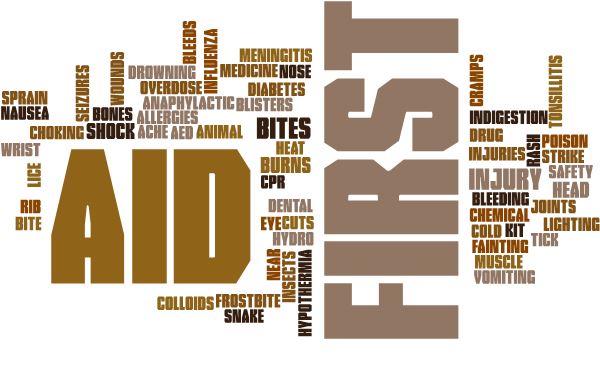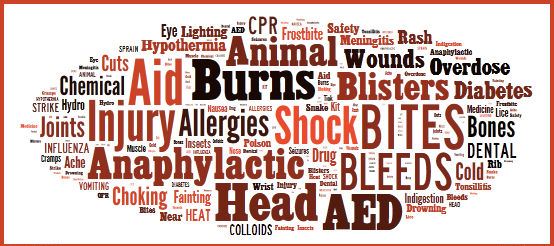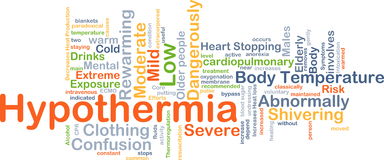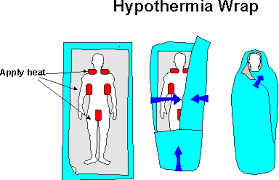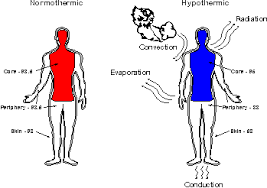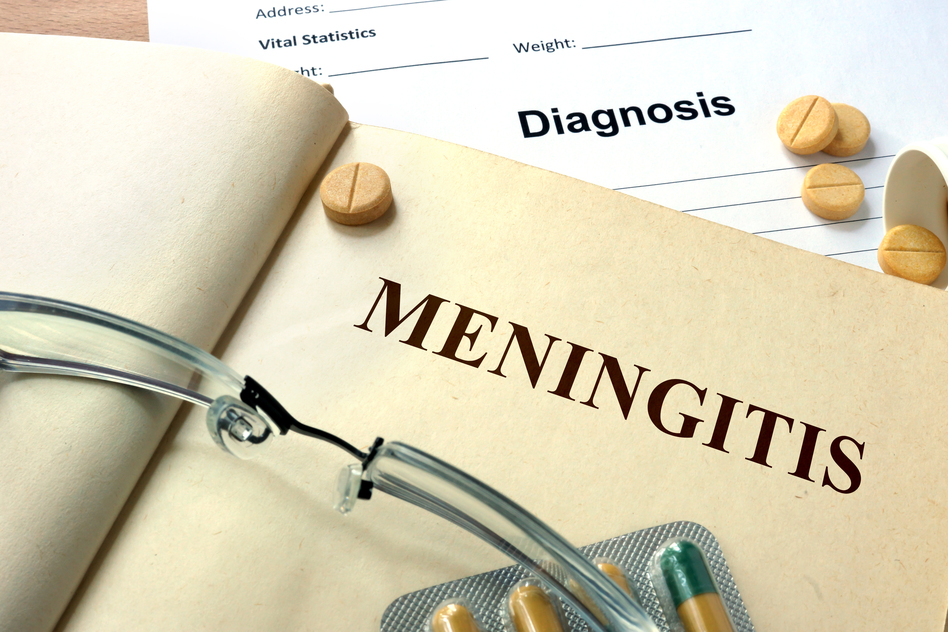
Meningitis
What is meningitis?
Meningitis is inflammation of the lining around the brain and spinal cord. It is usually caused by an infection.
The infection occurs most often in children, teens, and young adults. Also at risk are older adults and people who have long-term health problems, such as a weakened immune system.
There are two main kinds of meningitis:
- Viral meningitis is fairly common. It usually doesn’t cause serious illness. In severe cases, it can cause prolonged fever and seizures.
- Bacterial meningitis isn’t as common, but it’s very serious. It needs to be treated right away to prevent brain damage and death.
What causes meningitis?
Viral meningitis is caused by viruses. Bacterial meningitis is caused by bacteria.
Meningitis can also be caused by other organisms and some medicines, but this is rare.
Meningitis is contagious. The germs that cause it can be passed from one person to another through coughing and sneezing and through close contact.
Symptoms
In both cases the symptoms are flu-like, and may not appear all at once. (Non flu-like symptoms below are marked with an *. These symptoms may be signs of bacterial meningitis.)
- Coughing
- Sneezing
- Vomiting
- Headache
- Joint and muscle aches
- Seizures*
- Drowsiness
- Stiff neck and joints
- Dislike of light*
- Fever
- Septicemia*
And in young children:
- High pitched moaning or whimpering*
- Dislike of being handled*
- Fidgety and fretful*
- Very tired, weak, drowsy even when awake
- Blank starring expression*
- Arching back, and neck retraction*
- Fever with possibly cold hands and feet
- Refusing food or vomiting
- Pale blotchy skin.*
- Septicemia*
Septicemia is blood poisoning. This can develop very quickly and is marked by red blotchy rashes all over the body. As soon as a single rash is seen rush to the emergency room, or call for medical aid! These rashes will stay red (rather than turn white) when pressed upon. A simple test is to take a drinking glass and press it against the rash to see if it changes color. This rash is a sign of bacterial meningitis.
How is meningitis diagnosed?
Your doctor will ask questions about your health, do an exam, and use one or more tests.
Lumbar puncture is the most important lab test for meningitis. It is also called a spinal tap. A sample of fluid is removed from around the spine and tested to see if it contains organisms that cause the illness.
Your doctor may also order other tests, such as blood tests, a CT scan, or an MRI.
meningitis is spread:
Germs that cause meningitis can be spread:
- During birth. A mother can pass germs that cause meningitis to her baby even if the mother doesn’t have symptoms. Delivering a baby by cesarean section rather than through the birth canal doesn’t always protect the baby from getting the infection. Both bacteria and viruses can be transmitted this way.
- Through stool. Stool could have enteroviruses or certain types of bacteria in it. Washing hands on a regular basis can help prevent you and your children from getting infected this way. More children than adults get meningitis this way.
- Through coughing and sneezing. Infected people can pass certain bacteria that are normally found in saliva or mucus in their noses and throats.
- Through kissing, sexual contact, or contact with infected blood. Some viruses also can cause meningitis and can be passed from an infected person to another person through blood, sexual contact, or kissing.
- From eating certain foods. Eating food contaminated with Listeria monocytogenes bacteria can cause meningitis. Those at greater risk for this include pregnant women and people with weakened immune systems.
- From rodents and insects (rare). For example, leptospirosis is a disease caused by bacteria that is spread through water or plants contaminated by the urine of infected mice, hamsters, and rats. And the St. Louis encephalitis and West Nile viruses are spread through mosquito bites.
Prevention
Vaccines
Childhood vaccinations are the best way to prevent meningitis. These shots prevent germs from causing some of the diseases that can lead to meningitis. They include shots for:
- Measles, mumps, and rubella (MMR).
- Chickenpox
- Hib disease
- Pneumococcal disease Getting this shot usually protects people from the type of bacteria that is most likely to cause meningitis death.
- Meningococcal diseaseThis shot is also recommended for people whose risk is higher than normal, such as travelers to countries known to have outbreaks of meningitis, people without a spleen, and those who have HIV.
Treatment:
Leave treatment of meningitis up to the professionals. If you suspect a case of meningitis get the person to the doctor sooner rather than later. That can make all the difference! Meningitis can happen to anyone anywhere, and bacterial meningitis cases are most often found on college campuses among freshman.
Home Treatment
Home treatment usually is all that is needed for most people who have viral meningitis. It includes:
- Resting. Rest promotes healing and provides relief from symptoms such as headache. Quiet activities, such as reading books, playing board games, watching videos, or listening to music, help pass the time.
- Reducing fever. Cool washcloths to the forehead, cool baths, and medicines such as acetaminophen (Tylenol) or ibuprofen (Advil) can be used to reduce fever, if needed.
- Relieving headaches and muscle aches. Minor pain usually can be relieved with medicines such as acetaminophen (Tylenol) or ibuprofen (Advil).
- Preventing dehydration. Drink liquids such as water, juices, teas, and rehydration drinks to keep from getting dehydrated. Children may enjoy frozen juice bars or snow cones. If a person vomits, he or she needs to avoid solid food and take frequent small sips of water or other liquids.
- Watching for signs of complications during illness. The most common complications include fever lasting for longer than expected and seizures. Some people with complications during illness may need to be treated in a hospital.
Recovery:
Recovery from bacterial meningitis is often a long, slow and painful process both physically and mentally for those involved. Meningitis can leave people with irreversible brain damage and loss of hearing among many other things.



